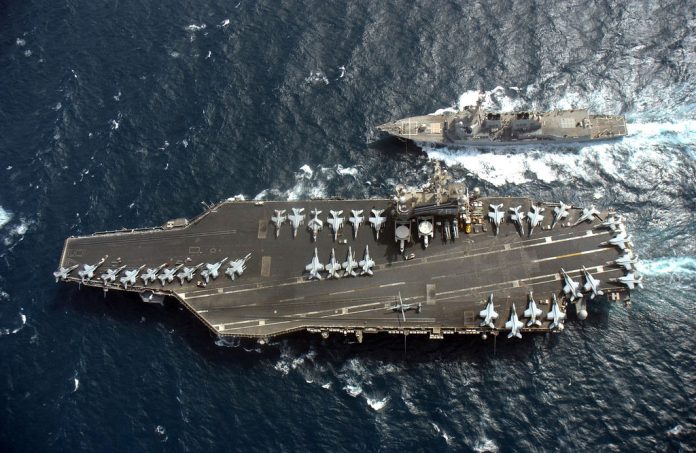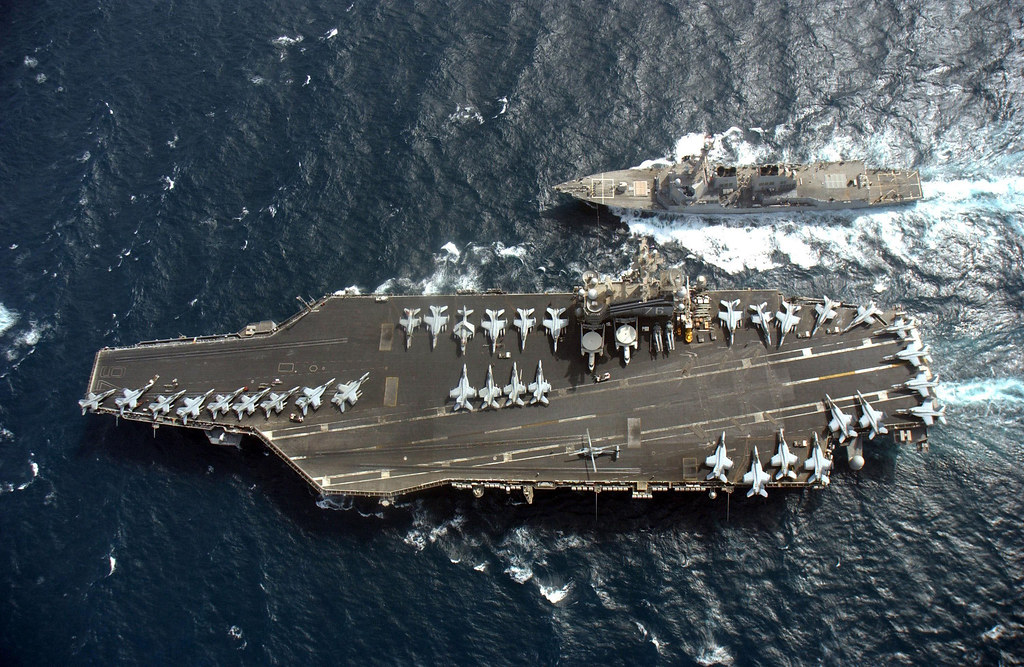
Positioned across the globe from the Western Pacific to the Red Sea, U.S. Navy and Marine Corps assets ensure freedom of navigation and project American power.
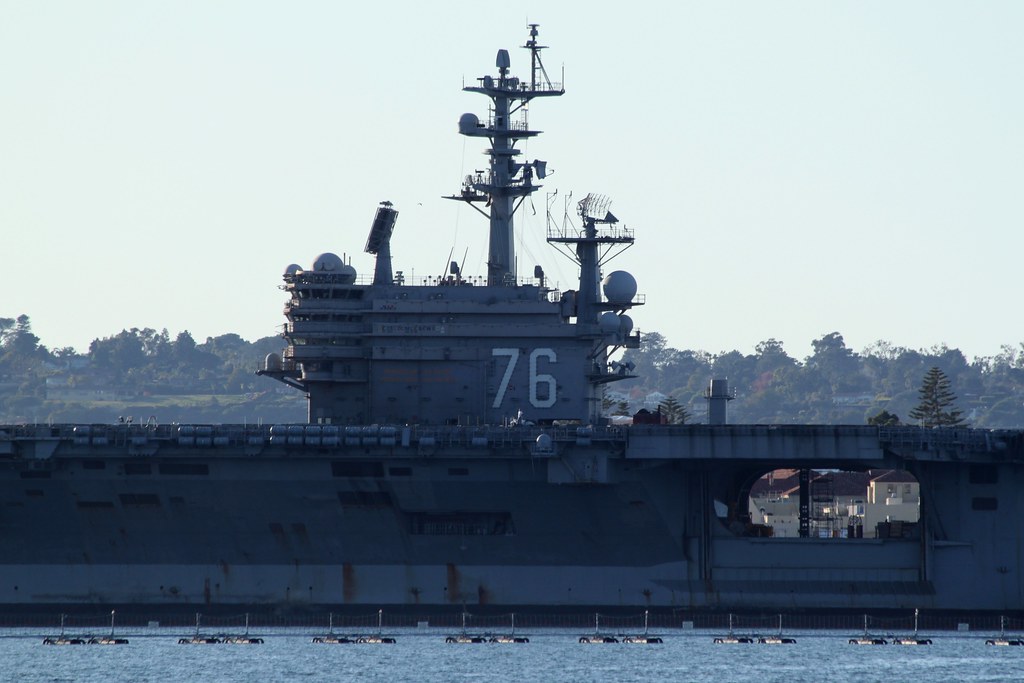
As of May 28, 2024, the strategic deployment of these forces underscores the United States’ dedication to securing sea lanes and deterring potential conflicts in crucial maritime regions.
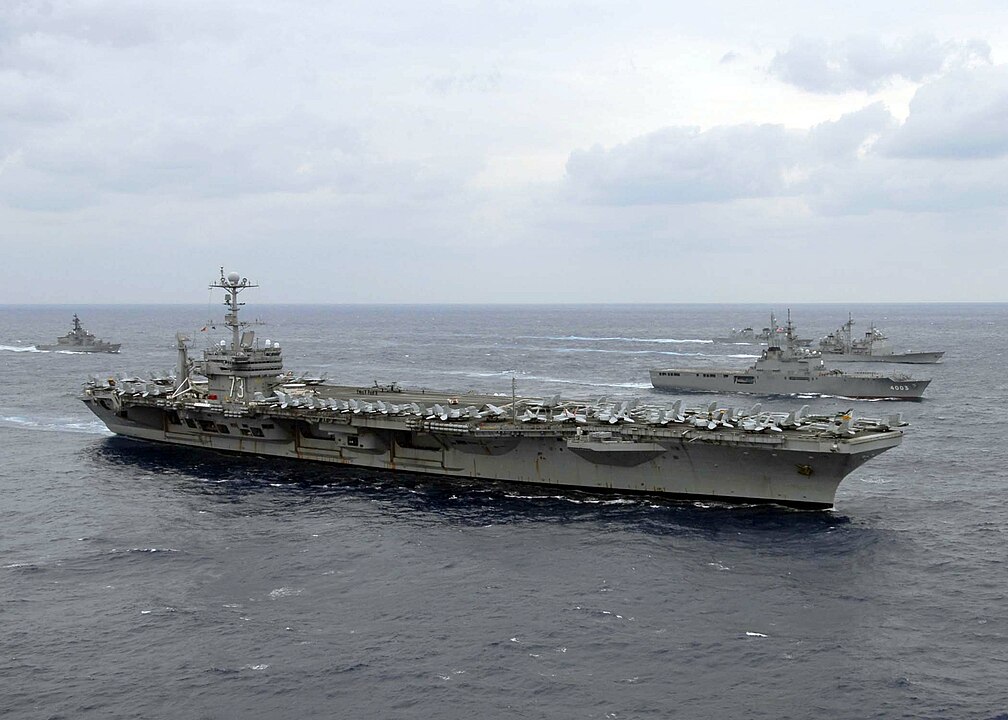
A key component of this global strategy is the USS Ronald Reagan (CVN-76), which, having left Yokosuka, Japan, for the final time, is now operating in the Philippine Sea.

Its successor, USS George Washington (CVN-73), will take up station in Japan later in the year, signifying a seamless transition in maintaining a strong naval presence in the Western Pacific.

Meanwhile, USS America (LHA-6) is docked in Sasebo, preparing for an impending homeport change. The USS Blue Ridge (LCC-19) also recently set sail from Yokosuka, symbolizing the Navy’s continuous operational readiness.
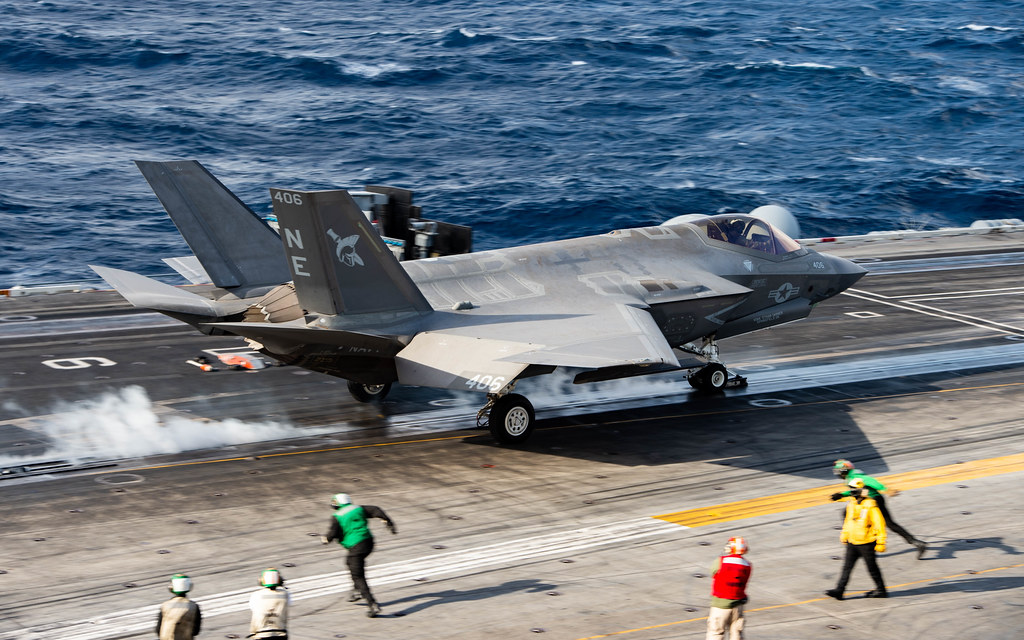
In the contested waters of the South China Sea, the USS Theodore Roosevelt (CVN-71) sails forth after departing Singapore. This deployment, integral to Carrier Strike Group 9, showcases a projection of force amid increased regional tensions.
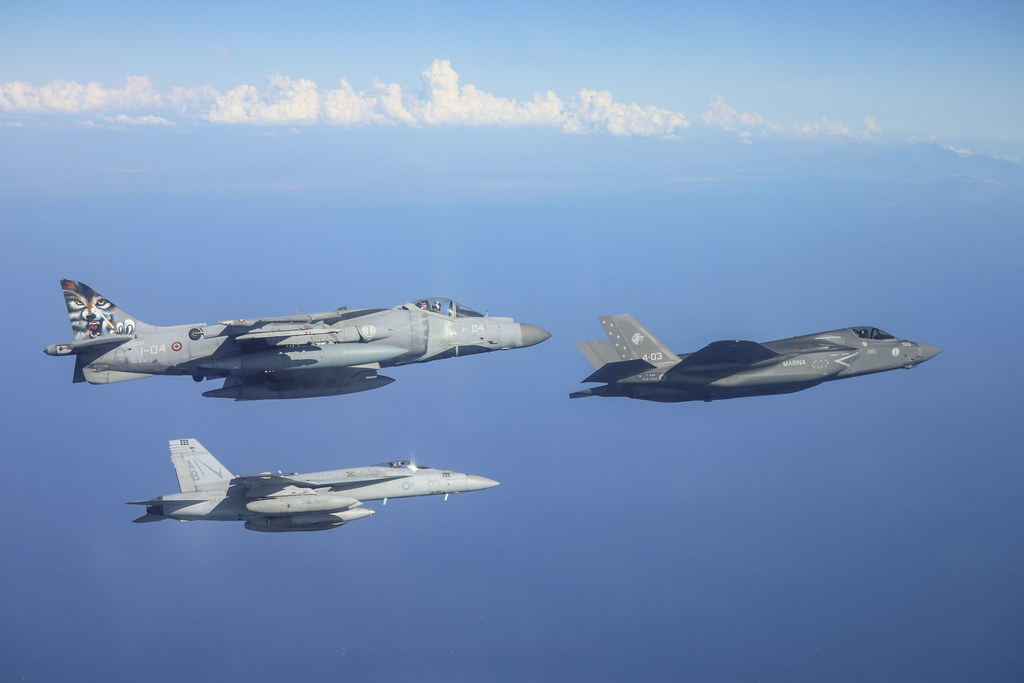
The strike group’s composition includes formidable assets such as the “Fist of the Fleet” of VFA 25 and the “Black Knights” of VFA 154, among other distinguished squadrons and destroyers.
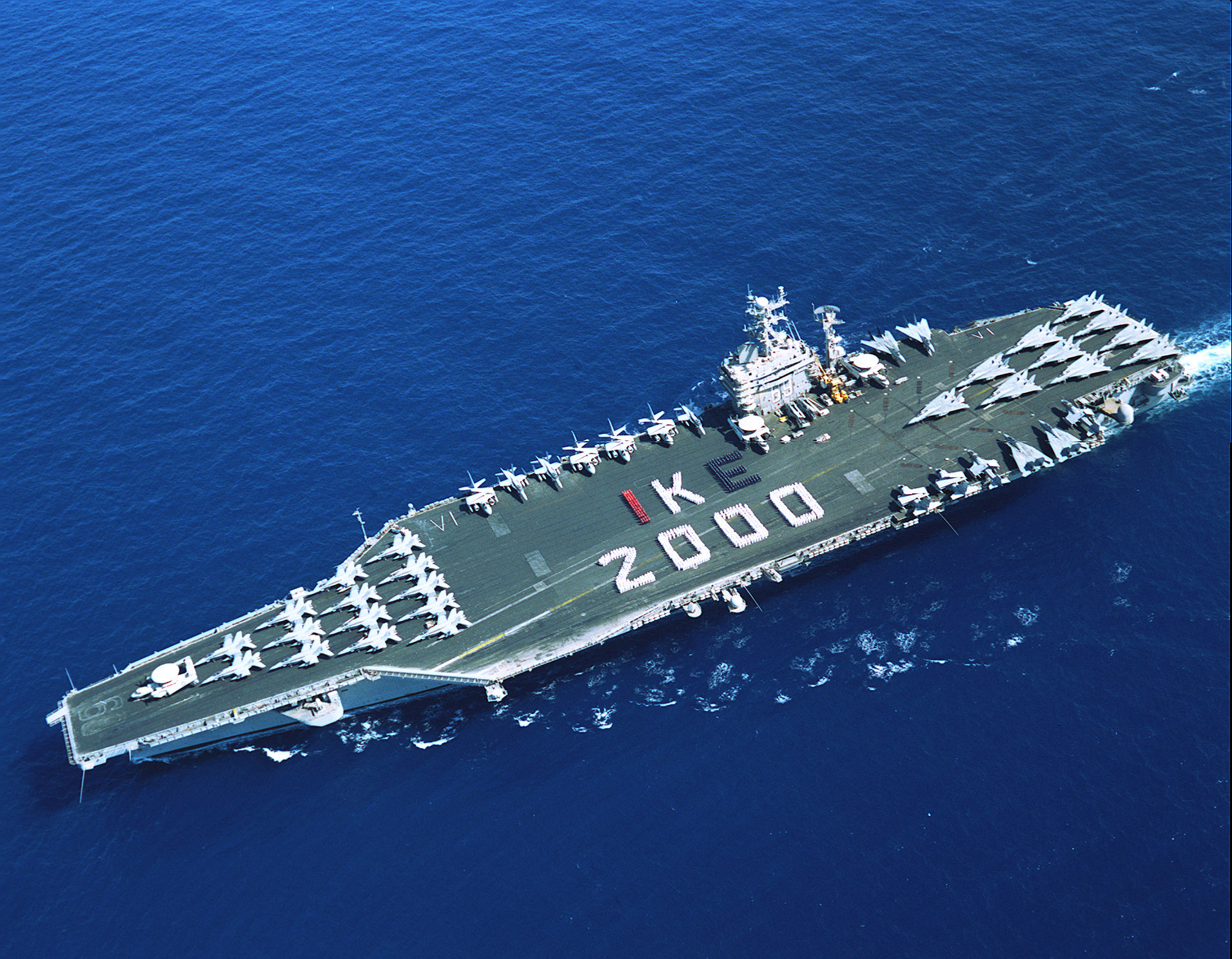
ABOARD THE USS DWIGHT D. EISENHOWER CVN-69 (01 Aug, 2000) While completing their six month deployment and transiting westward towards the mouth of the Atlantic Ocean, the crew of the USS DWIGHT D. EISENHOWER (CVN-69), display their teamwork and pride by strategically falling into ranks to spell out their name and accomplishments for a awesome aerial photograph. The IKE, and CARRIER AIRWING SEVEN are currently heading west toward the Atlantic after completing a successful six month deployment to the Med and Arabian Gulf. (Photo taken by Photographers Mate 2nd Class David E. Carter II; caption written by Seaman Pauly Soto)
The ongoing humanitarian operations in Gaza, supported by Navy and Army maritime units, highlight the versatile capabilities of the U.S. forces.
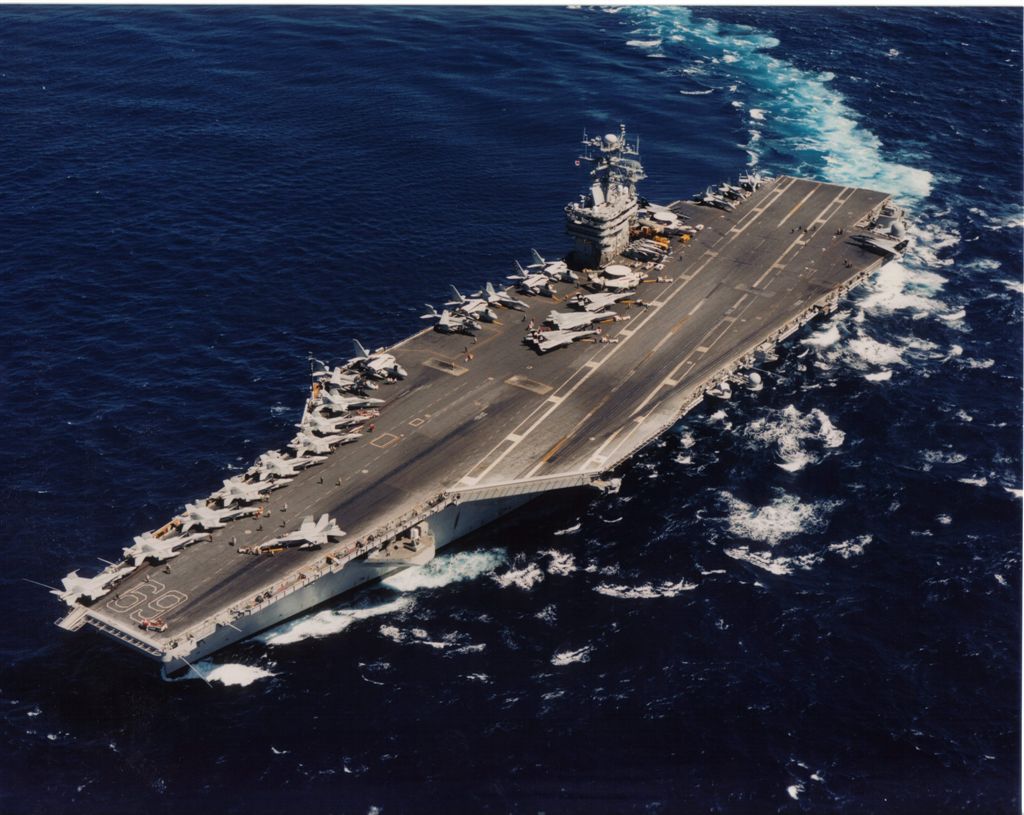
The recent damage to a U.S.-built pier in rough seas and the subsequent efforts by Army engineers to repair it underline the commitment to providing aid in unstable conditions.
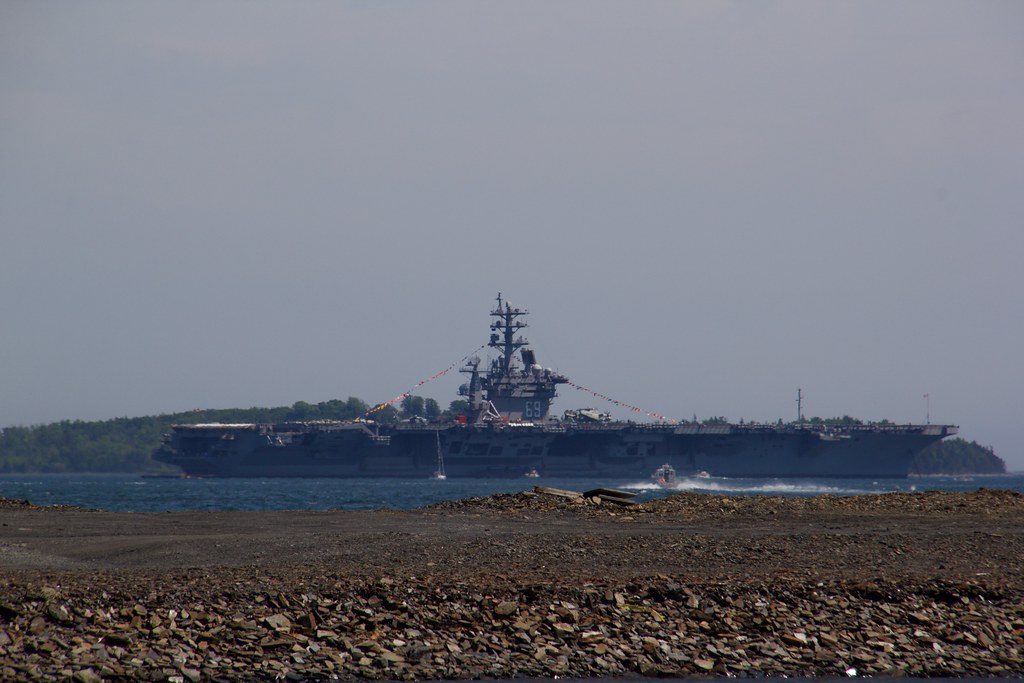
In the strategic chokepoint of the Red Sea, USS Dwight D. Eisenhower (CVN-69) and its escorts from Carrier Strike Group 2, along with Arleigh Burke-class guided-missile destroyer USS Gravely (DDG-107), assert their presence.
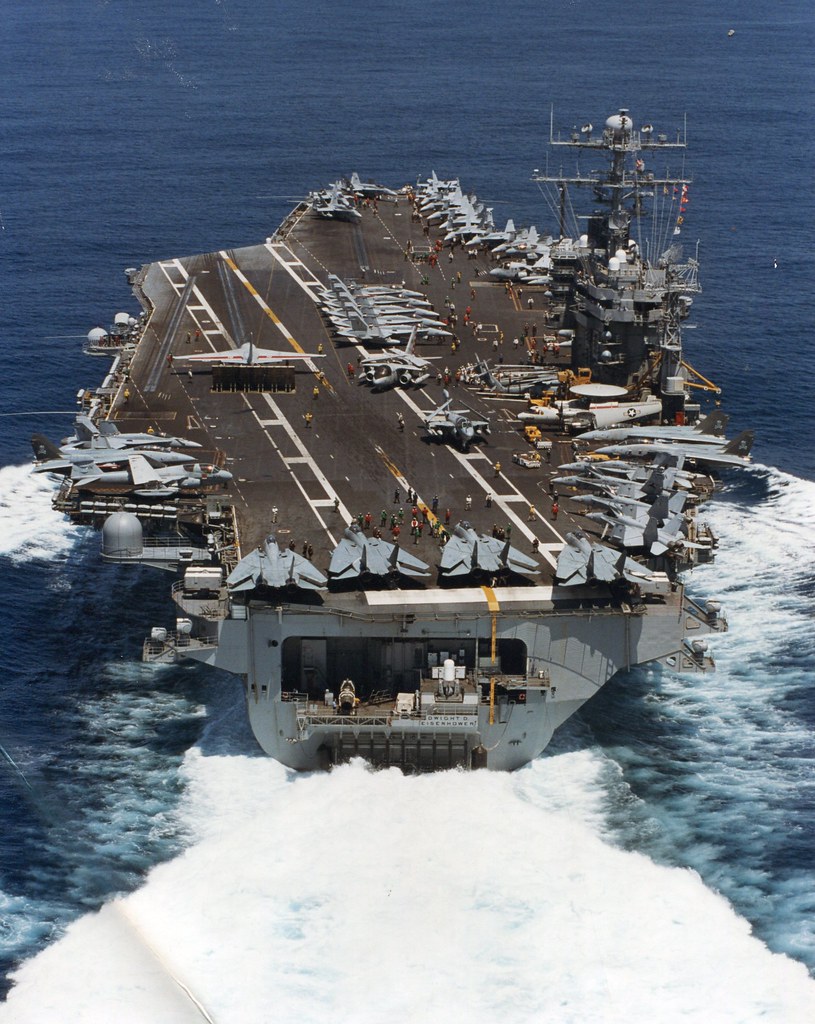
Their deployment is part of Operation Prosperity Guardian, a multinational effort to secure maritime commerce from threats such as the Houthi forces in Yemen.
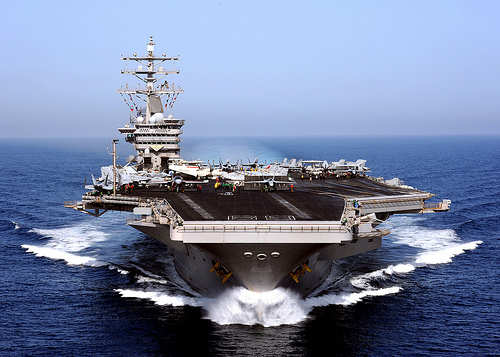
The robust response to Houthi missile attacks and the protection of commercial shipping lanes underscore the U.S. Navy’s role in ensuring regional stability.
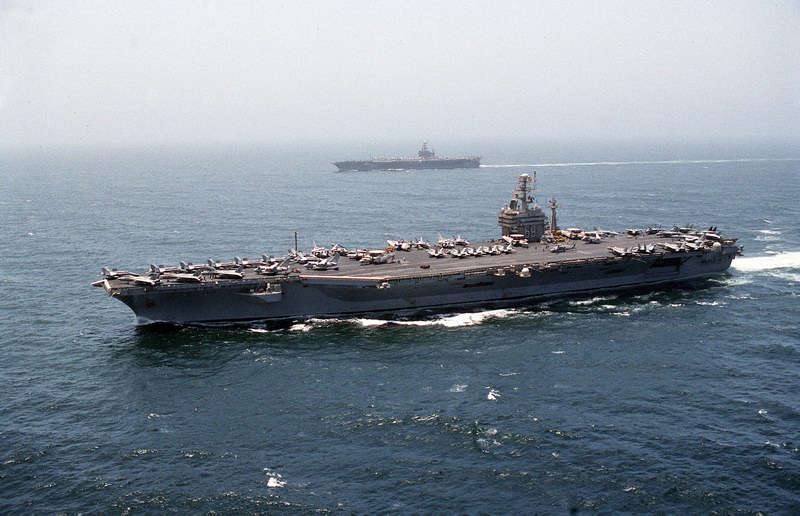
The Eastern Pacific also hosts U.S. naval might, with the USS Carl Vinson (CVN-70) visiting Los Angeles for Fleet Week and the USS Abraham Lincoln (CVN-72) honing its strike group’s readiness. These movements align with strategic imperatives in the region, ensuring a persistent presence and rapid response capability.
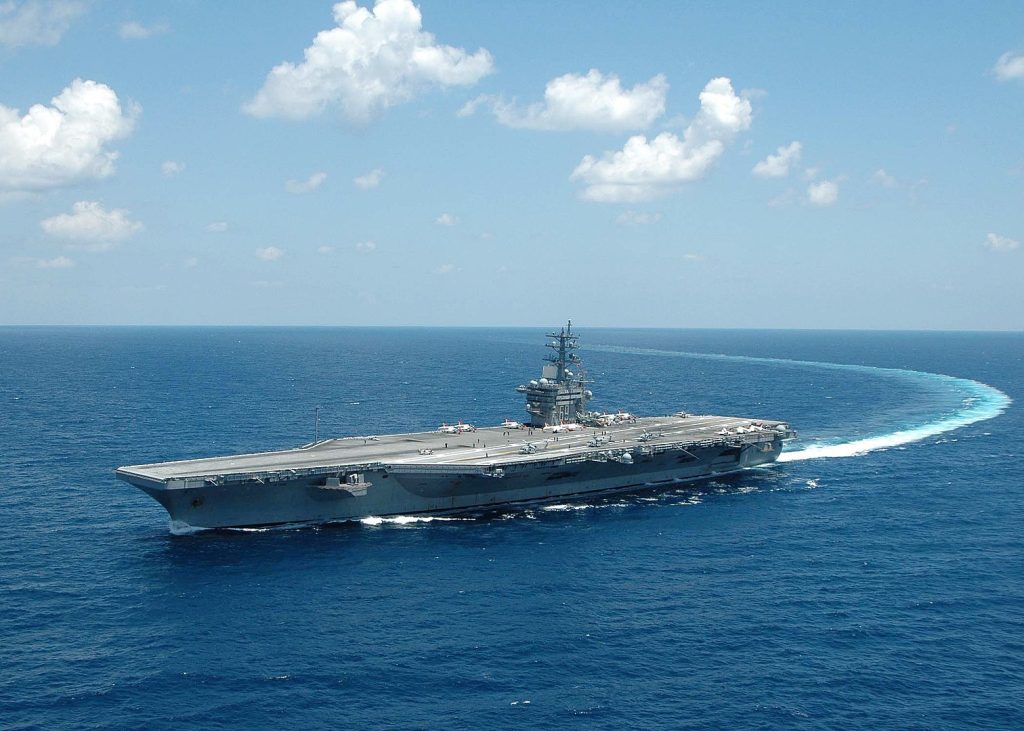
Reflecting on the gravity of these deployments and the challenges they meet, Secretary of Defense Lloyd Austin III has recently underscored the necessity of robust leadership among the Navy and Marine Corps’ newest officers.
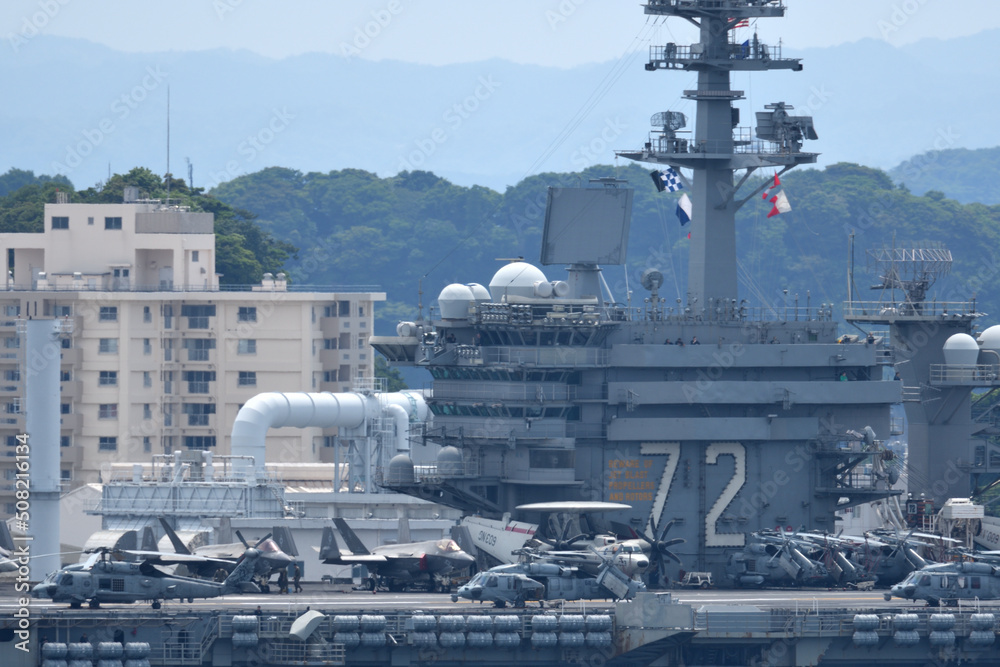
Amid complex global threats, including those demonstrated by Houthi aggression in the Red Sea, these officers are expected to lead with a clear understanding of both the power they wield and the principle-based international order they are safeguarding.
Relevant articles:
– USNI News Fleet and Marine Tracker: May 28, 2024, USNI, 05/29/2024
– Austin: New Officers Ready to Lead in Complex World, SEAPOWER Magazine Online, 05/28/2024
